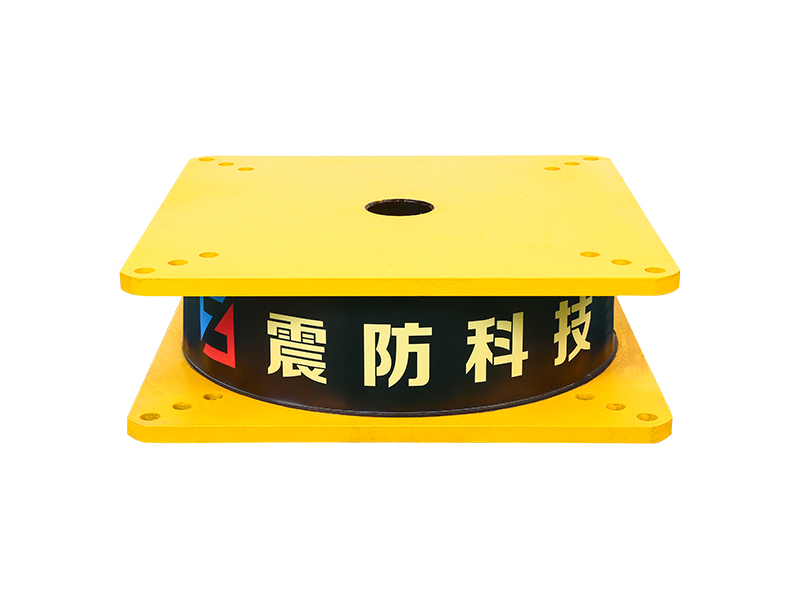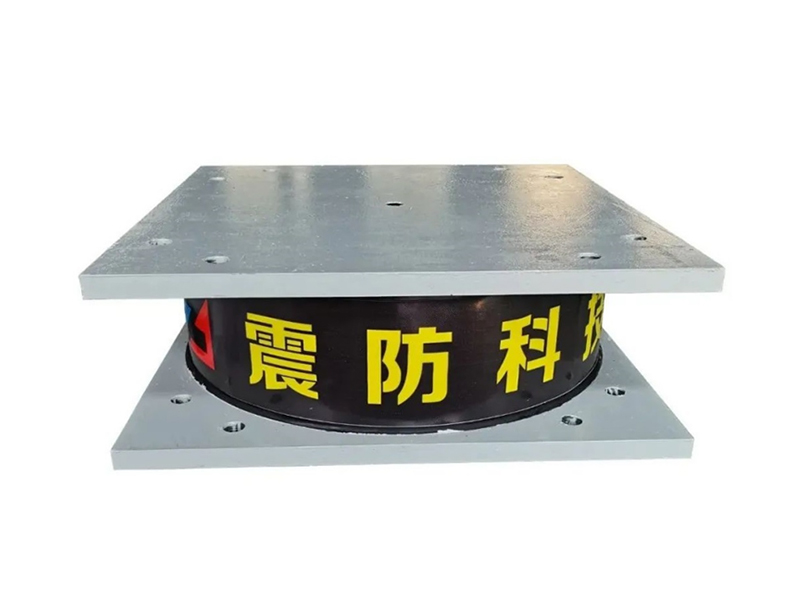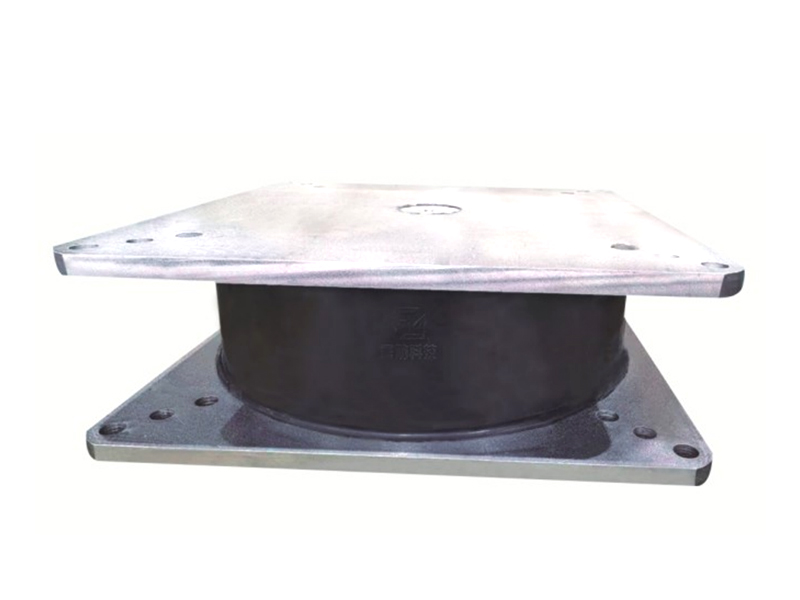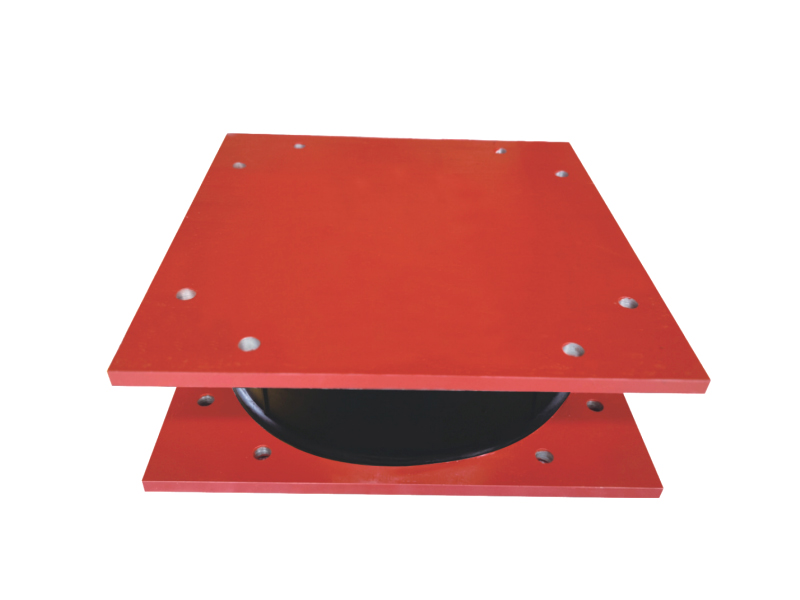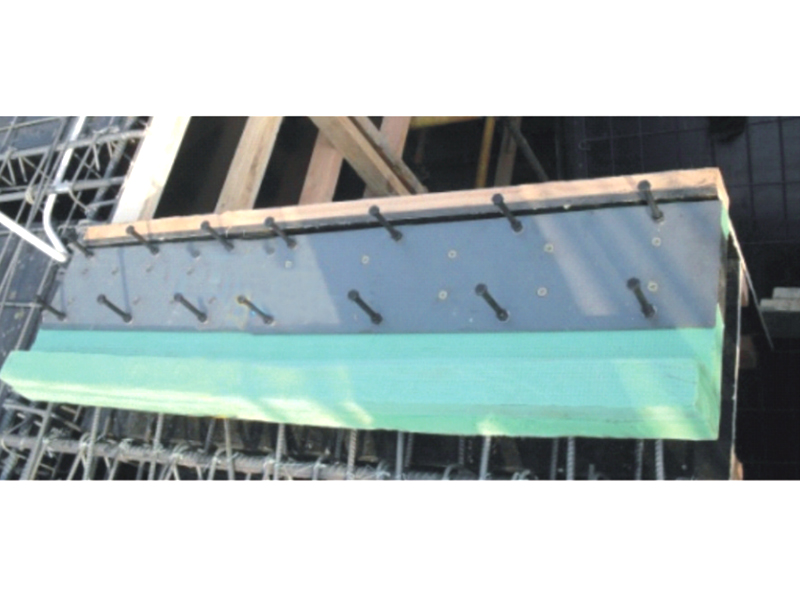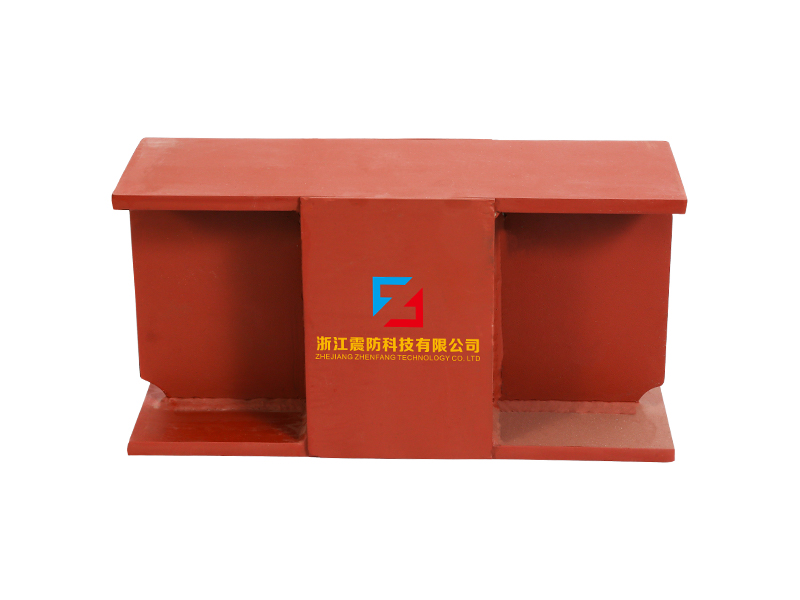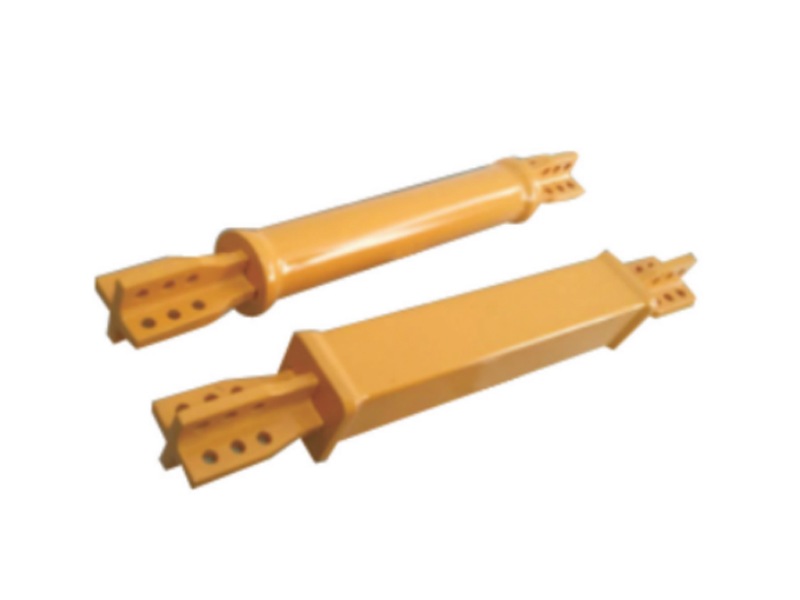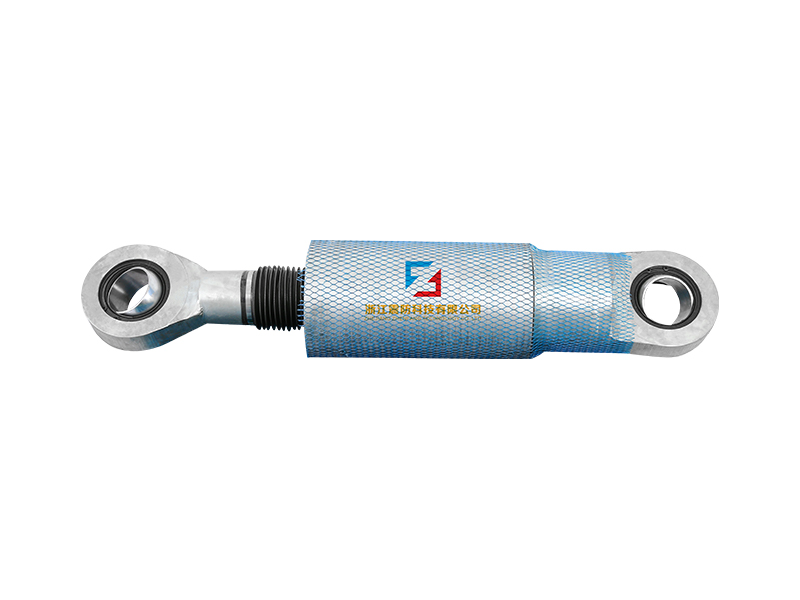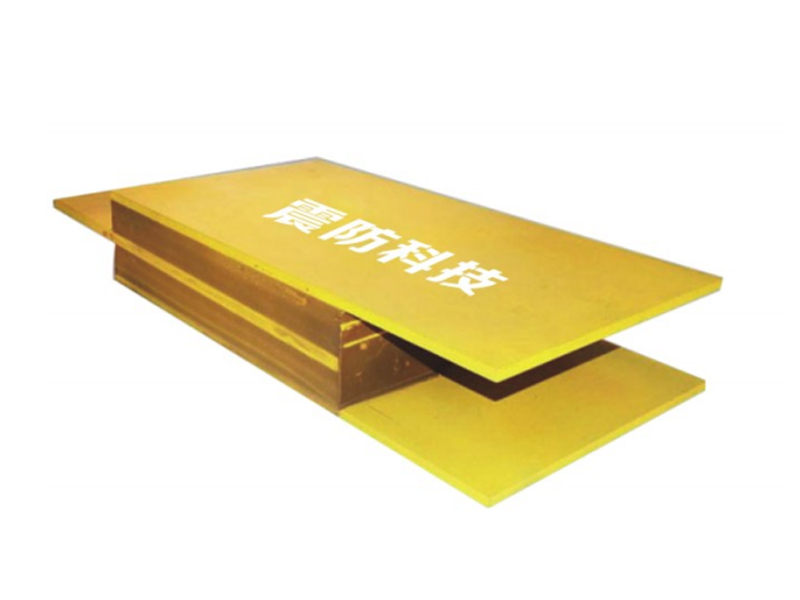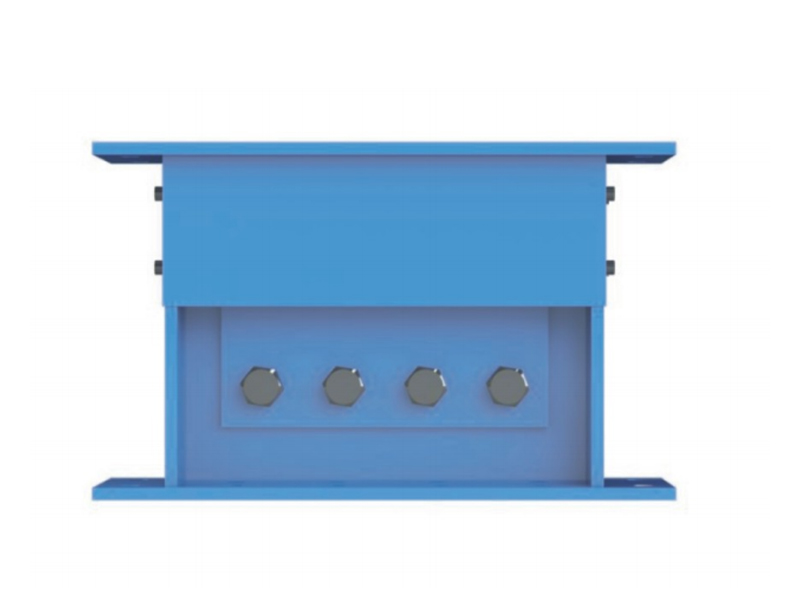The company has been adhering to the corporate tenet of "quality first, customer first", and sincerely welcomes domestic and foreign customers to visit and guide.
GET A QUOTECentral Asia, a region nestled between powerful tectonic plates, faces significant seismic risk. Countries like Kazakhstan, Kyrgyzstan, Tajikistan, Uzbekistan, and Turkmenistan experience frequent seismic activity, some of which have caused tragic losses and extensive infrastructure damage. As cities across the region expand and modernize, particularly in seismically active zones like Almaty, Dushanbe, and Bishkek, there is a pressing need for advanced earthquake-resistant construction solutions. One of the promising technologies in this regard is the Friction Pendulum Seismic Isolation Bearing.
The Friction Pendulum Seismic Isolation Bearing is a specialized structural device designed to protect buildings and infrastructure during earthquakes. Unlike traditional construction methods that rely solely on rigid strength, this bearing system isolates a structure from ground motion, allowing it to move independently from the shaking earth. The bearing uses a concave sliding surface, allowing a pendulum-like motion, and includes friction components to dissipate seismic energy. This mechanism dramatically reduces the force transferred to the building above, preserving its structural integrity even during major seismic events.
In Central Asia, where many urban centers are located in high-risk seismic zones, the application of Friction Pendulum Seismic Isolation Bearings offers a transformative approach to construction. For example, the capital cities of Bishkek and Dushanbe are built near major fault lines. Retrofitting critical infrastructure like hospitals, schools, and government buildings with these bearings can be a life-saving investment. Moreover, incorporating them into new buildings from the design phase ensures long-term resilience without significant cost increases.
One of the key advantages of the Friction Pendulum Seismic Isolation Bearing is its adaptability to both new and existing structures. In cities like Almaty, where Soviet-era buildings dominate the skyline, retrofitting with conventional seismic solutions can be difficult and expensive. However, Friction Pendulum Seismic Isolation Bearings can be integrated into the foundations of older buildings, significantly improving their seismic performance without the need for complete reconstruction.
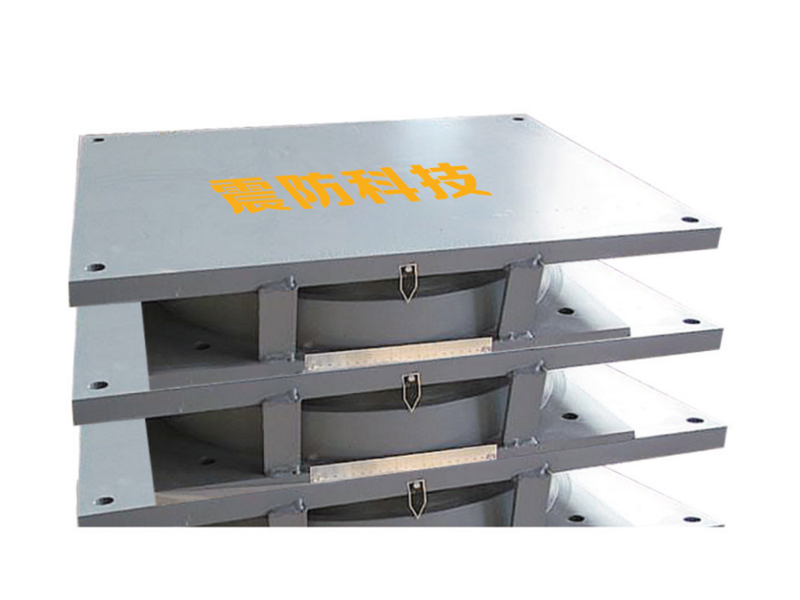
Another crucial benefit is that Friction Pendulum Seismic Isolation Bearings perform consistently under a wide range of seismic conditions. Central Asia’s earthquakes vary in magnitude and duration, often producing complex ground motions. The pendulum mechanism of the bearing adjusts naturally to different levels of shaking, ensuring reliable protection even during unexpected or long-duration quakes. This adaptability is particularly valuable in regions where seismic monitoring infrastructure is still developing.
Recent developments in construction across Central Asia, including new transport hubs, shopping centers, and industrial complexes, present an opportunity to adopt the Friction Pendulum Seismic Isolation Bearing as a regional standard for seismic safety. In neighboring countries like China and Turkey, this technology has already proven effective in preserving lives and infrastructure during significant earthquakes. There is no reason Central Asia should lag behind when it comes to protecting its people and investments.
Additionally, integrating Friction Pendulum Seismic Isolation Bearings aligns with the growing focus on sustainable urban development in the region. Earthquakes not only threaten human lives but also result in enormous economic and environmental costs. Buildings that collapse during seismic events must be rebuilt, consuming new materials and generating waste. By using Friction Pendulum Seismic Isolation Bearings, the need for post-earthquake reconstruction is greatly reduced, supporting long-term sustainability goals.
Local governments, engineering bodies, and construction firms should consider forming partnerships to educate professionals on the design and implementation of Friction Pendulum Seismic Isolation Bearings. Training programs, technical guidelines, and pilot projects can help accelerate the adoption of this technology across Central Asia. International organizations and development banks may also play a role by funding projects that include seismic isolation as a condition for support.
